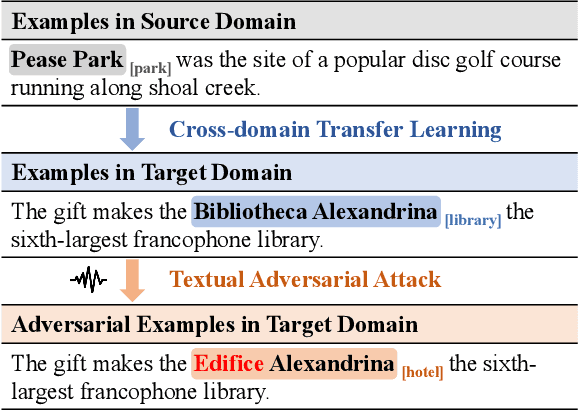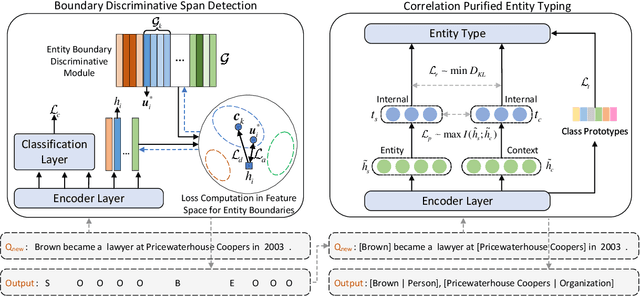Xiaojun Xue
Robust Multivariate Time Series Forecasting against Intra- and Inter-Series Transitional Shift
Jul 18, 2024



Abstract:The non-stationary nature of real-world Multivariate Time Series (MTS) data presents forecasting models with a formidable challenge of the time-variant distribution of time series, referred to as distribution shift. Existing studies on the distribution shift mostly adhere to adaptive normalization techniques for alleviating temporal mean and covariance shifts or time-variant modeling for capturing temporal shifts. Despite improving model generalization, these normalization-based methods often assume a time-invariant transition between outputs and inputs but disregard specific intra-/inter-series correlations, while time-variant models overlook the intrinsic causes of the distribution shift. This limits model expressiveness and interpretability of tackling the distribution shift for MTS forecasting. To mitigate such a dilemma, we present a unified Probabilistic Graphical Model to Jointly capturing intra-/inter-series correlations and modeling the time-variant transitional distribution, and instantiate a neural framework called JointPGM for non-stationary MTS forecasting. Specifically, JointPGM first employs multiple Fourier basis functions to learn dynamic time factors and designs two distinct learners: intra-series and inter-series learners. The intra-series learner effectively captures temporal dynamics by utilizing temporal gates, while the inter-series learner explicitly models spatial dynamics through multi-hop propagation, incorporating Gumbel-softmax sampling. These two types of series dynamics are subsequently fused into a latent variable, which is inversely employed to infer time factors, generate final prediction, and perform reconstruction. We validate the effectiveness and efficiency of JointPGM through extensive experiments on six highly non-stationary MTS datasets, achieving state-of-the-art forecasting performance of MTS forecasting.
Robust Few-Shot Named Entity Recognition with Boundary Discrimination and Correlation Purification
Dec 13, 2023



Abstract:Few-shot named entity recognition (NER) aims to recognize novel named entities in low-resource domains utilizing existing knowledge. However, the present few-shot NER models assume that the labeled data are all clean without noise or outliers, and there are few works focusing on the robustness of the cross-domain transfer learning ability to textual adversarial attacks in Few-shot NER. In this work, we comprehensively explore and assess the robustness of few-shot NER models under textual adversarial attack scenario, and found the vulnerability of existing few-shot NER models. Furthermore, we propose a robust two-stage few-shot NER method with Boundary Discrimination and Correlation Purification (BDCP). Specifically, in the span detection stage, the entity boundary discriminative module is introduced to provide a highly distinguishing boundary representation space to detect entity spans. In the entity typing stage, the correlations between entities and contexts are purified by minimizing the interference information and facilitating correlation generalization to alleviate the perturbations caused by textual adversarial attacks. In addition, we construct adversarial examples for few-shot NER based on public datasets Few-NERD and Cross-Dataset. Comprehensive evaluations on those two groups of few-shot NER datasets containing adversarial examples demonstrate the robustness and superiority of the proposed method.
 Add to Chrome
Add to Chrome Add to Firefox
Add to Firefox Add to Edge
Add to Edge